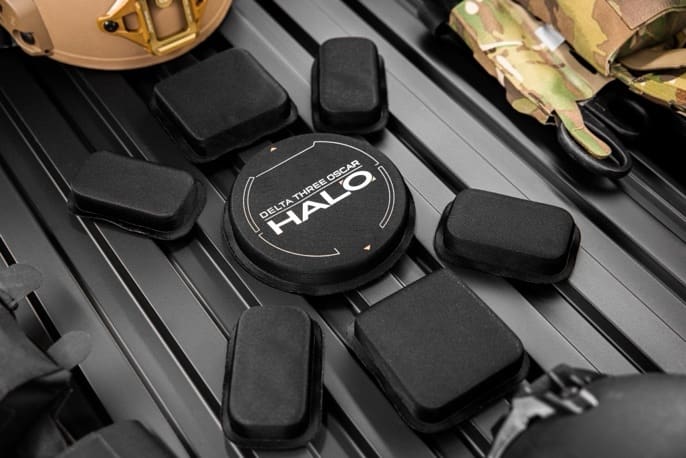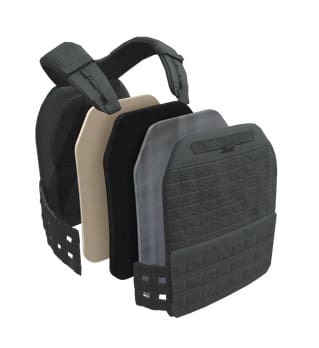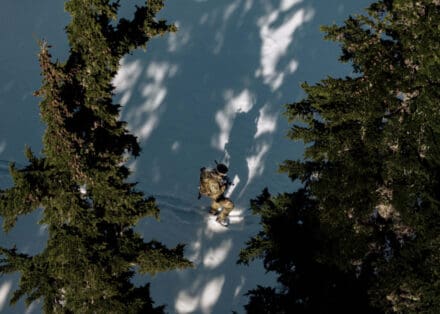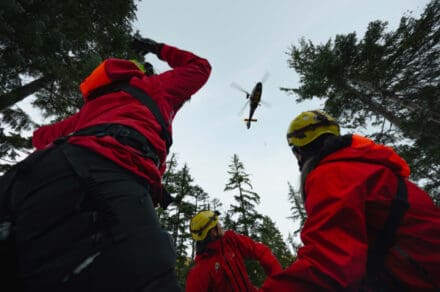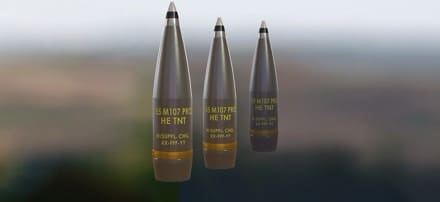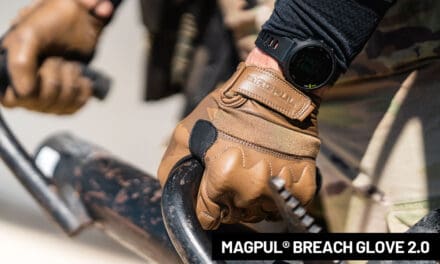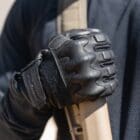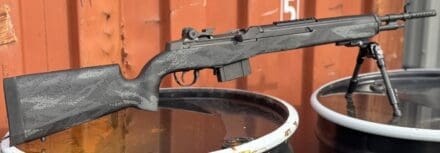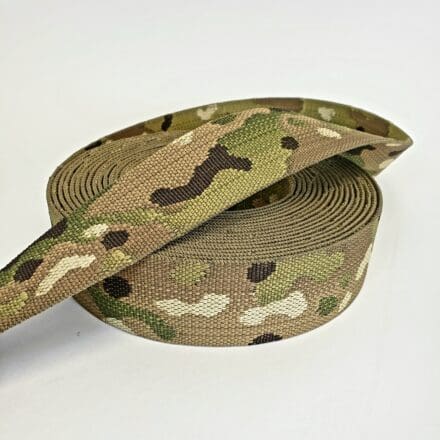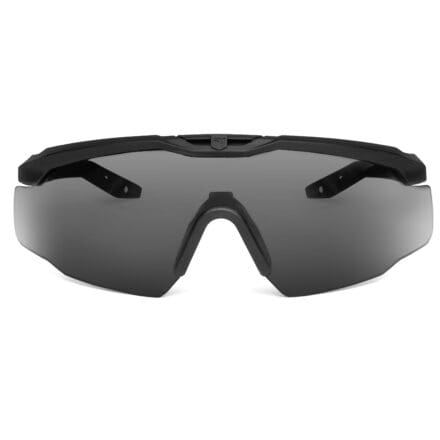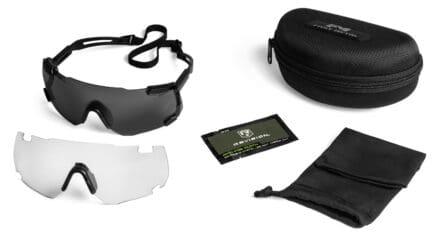(McLean, VA — January 14, 2025) FN America, LLC is expanding its highly popular FN Reflex® micro-compact, semiautomatic pistol line by launching a class-leading, concealed-carry option: the FN Reflex® XL MRD. Featuring a slightly longer barrel, an extended grip and compatibility with preferred red dot optics, the FN Reflex XL lets users maximize accuracy while still providing deep concealment.
The FN Reflex XL joins the FN Reflex family, which set a new standard in the world of 9mm everyday carry when it was released in 2023, combining best-in-class trigger feel and pull weight with reliable performance, great ergonomics and accuracy. The FN Reflex XL comes with 15-round standard capacity, plus an 18-round extended magazine, and is available in both black and flat dark earth (FDE) finishes.
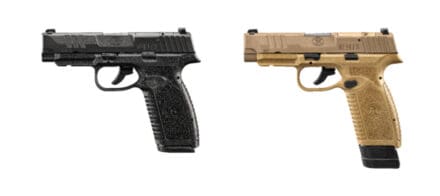
“The challenge in the concealed-carry 9mm category is to create a pistol that is easy to conceal while still being accurate and comfortable for users to shoot and carry,” said Chris Johnson, Senior Product Manager for Pistols at FN America, LLC. “With the Reflex XL, FN has created the perfect blend of concealability and shootability. The standard 15-round grip helps manage recoil and makes the pistol easier to shoot, while still maintaining overall dimensions that make the pistol concealable at just 1.1 inches wide.”
An enhanced user experience is delivered by the pistol’s internal hammer-fired operation, which yields a smooth, 5-pound trigger pull and an easy-to-rack slide. The FN Reflex XLalso heightens the overall shooting experience. Features include two interchangeable grip backstraps for optimized comfort and length-of-reach adjustability, new palm swell, enhanced trigger guard undercut and an extended beavertail. Deeply concealable at only 6.75 inches and 20 ounces, the FN Reflex XL sports a 3.8-inch cold hammer-forged barrel for long-term durability.
The FN Reflex XL comes standard with a high-visibility tritium front night sight paired with an all-black, U-notch rear sight. It is designed to be compatible with the most popular concealed-carry red dot optics, including all micro red dots that share the Shield® RMSc or Holosun® 507K footprints. The pistol’s accessory rail is compatible with accessories, including lights and lasers, designed to fit the Glock® 43X® MOS[1] accessory rail.
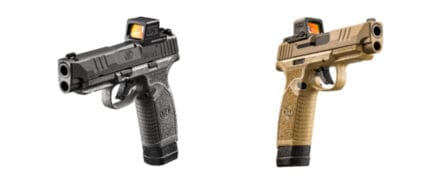
“The Reflex has been overwhelmingly positive for FN. Customers appreciate the crisp trigger and compact size, which combine to make the pistol very easy to conceal and operate,” said John Ryan, Director, Product Management for FN America, LLC. “But never being satisfied, we pushed ourselves to continue the evolution of Reflex. The result is the Reflex XL, giving a perfect solution for those looking for the confidence of a concealed-carry option that is more comfortable to shoot, while offering up to 18+1 capacity.”
Now with both Standard and XL models, the Reflex series is one of the most innovative and easy-to-shoot, concealed-carry options available, featuring a light and crisp, single-action-only (SAO) trigger, optics-ready capabilities and a cold hammer-forged barrel for a lifetime of shooting. In addition, multiple parts, magazines and accessories are compatible across the line.
The FN Reflex models are also easy to manipulate and safe to maintain. The internal hammer design allows pistol disassembly without pulling the trigger. Plus, multiple internal passive safeties—including firing pin block, trigger safety and fire control safety—make the FN Reflex XL an extremely safe and reliable concealed-carry pistol.
The new FN Reflex XL will debut in the FN Booth (Booth 12805) at the 2025 NSSF SHOT Show, January 21–24 in Las Vegas. To discover more about the FN Reflex XL, please visit fnamerica.com/pistols/reflex-series. To purchase any FN firearms, find an FN dealer near you at fnamerica.com/find-a-dealer.
